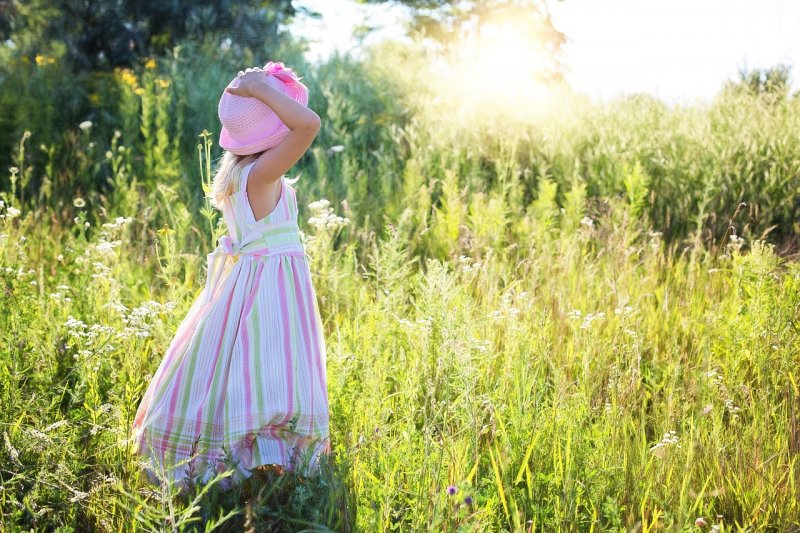Teaching Healthy Boundaries to Your Kids

Even when your children are quite small, it’s important to begin instructing them about boundaries between themselves and others. A child who grows up in a home having healthy limits will also learn to apply such boundaries in his own life.
What Does “Boundary” mean?
A boundary signifies a limit that a person has. Such limits can be physical or emotional.
- Physical boundaries. This limit can be physical and tangible, like one’s own body parts. Explaining to a child that his body belongs only to him and nobody else teaches him to develop a sense of his physical self. Explaining, “Daddy’s body belongs to him” and “Your body belongs to you” is a good place to start.
- Emotional boundaries. Another type of boundary is more emotional than physical. Teaching children that it’s not okay to say hurtful things to others is an example of an emotional boundary. Teasing would be another way of crossing a person’s emotional boundary.
In a sense, boundaries are rules that you live by. Living with boundaries basically means, “I won’t do anything to harm you” and “I expect you not to do anything to harm me, but if you do, I’ll let you know.”
Teaching Boundaries
When you’re raising kids to have healthy boundaries, it’s important to allow the children to have and express their own feelings. This one can be pretty tough for some parents as it isn’t unusual for parents to squelch a child’s healthy behavioral expression.
For example, if a 4-year-old starts crying and stomps his feet, what would you do as a parent? One healthy strategy to ensure your 4-year-old develops healthy boundaries is to help him label his feelings. Say something like, “I see that you’re frustrated that you can’t have the candy right now. Maybe you can have some candy after dinner.” Then, move on with life.
You helped him to label his emotions. You chose not to punish him or demand that he stop crying or “Straighten up right now.” As a parent, you just showed acceptance of your child’s feelings. Each time you behave this way as a parent, you’re reinforcing your child’s natural sense of self and boundaries.
Sometimes, there will be situations when you find it prudent to explain some boundary situations or “rules” to a child. For example, explaining to a child that no one but a doctor when Mom or Dad is also present should touch the child where their bathing suit fits is an effective way to teach a child the limits and boundaries related to his own body.
Modeling Boundaries
Ultimately, the single best way to teach children healthy boundaries is for parents to have healthy boundaries themselves and to model them in the home.
Showing respect for each person in the house, ensuring everyone has rights to their feelings and appropriate expressions of them, and talking openly and honestly about any challenging issues demonstrate healthy boundaries for children.
Summary
From the time your children are born, you’re charged to teach them many things so they’ll grow up to be happy, healthy members of society. Teaching your children about limits and boundaries shows your kids a truly healthy way to live.
Parents who ensure their kids grow up learning about limits and boundaries provide a solid foundation for their children’s futures. Apply some of these methods in your home to teach your kids about having and maintaining healthy limits and boundaries. Your kids will thrive!
Previous Posts: